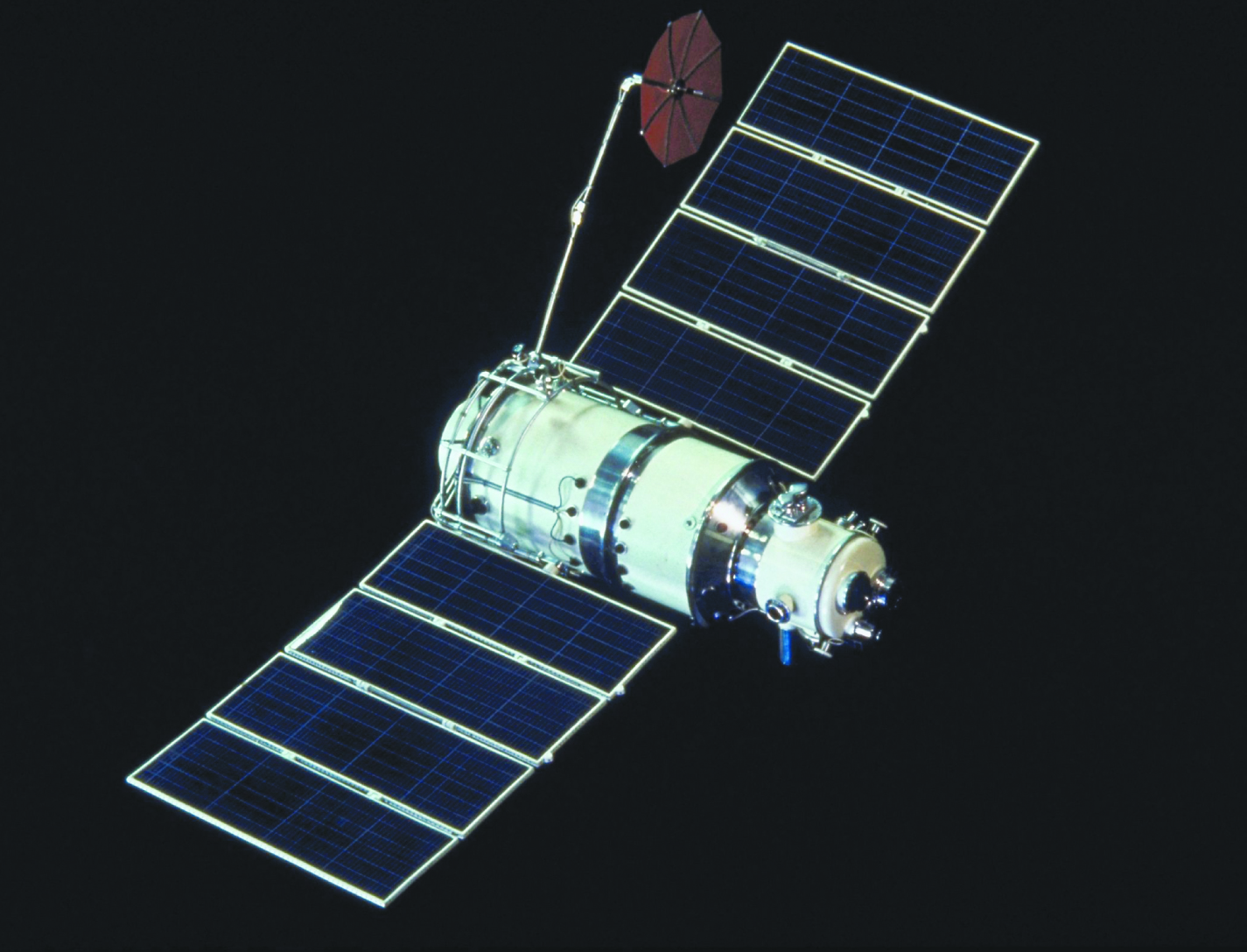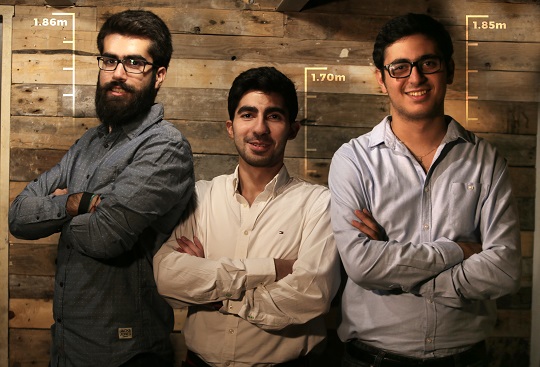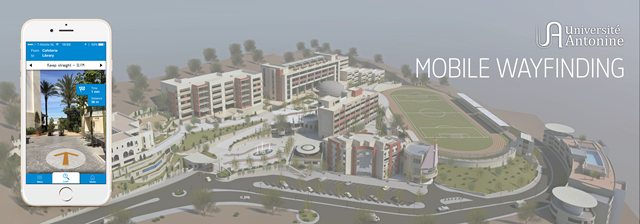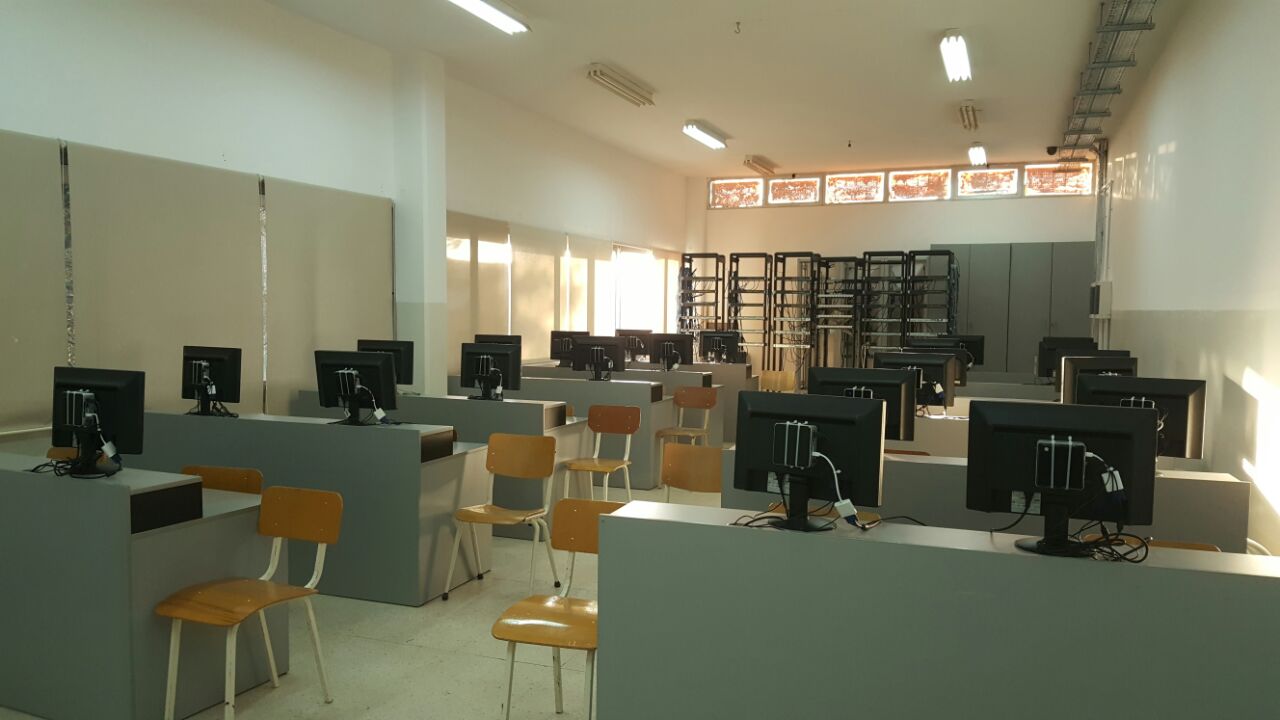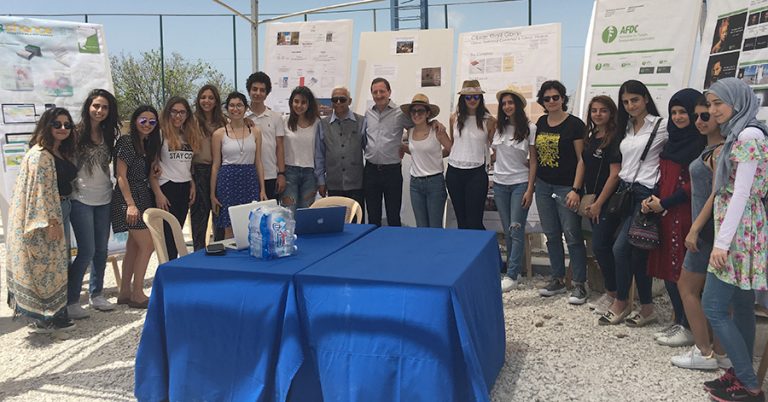Billboard, Bedspring or Bowtie; all names for Reflectarray Antennas, a Telecom technology as complicated as it sounds.
“A good researcher is one that reaches a result but opens new prospects to ensure its continuationâ€. A quote by Mr. Tony Makdissy, assistant professor at the Faculty of Computer Engineering and Telecommunications and a specialized researcher in “Reflect Array Antennasâ€.
Since 2009, Mr. Makdissy has been digging deep in space. His research revolves around “parabolic reflector antennasâ€, the common satellite dishes, and “array antennasâ€, a set of multiple connected antennas which work together as a single antenna, to transmit or receive radio waves in a certain direction based on phase shifts. An application example, configuring the direction of a “parabolic reflector antenna†so it can cover one country or another in space requires a mechanical arrangement, whereas the “reflect array†offers the option to reconfigure the radiation pattern of the antenna using components such as electronic switches, allowing it to operate in any direction, which is strongly useful for space observation tasks.
The main challenges of the reflect array technology are:
1. The geometrical non-uniformity of the cells for passive antennas;
2. The large number of phase-control components for reconfigurable antennas; and;
3. The limited bandwidth for both passive and reconfigurable antennas;
Passion sparkles in Mr. Makdissy’s eyes, as he talks about the complex project of reconfiguring these antennas. His goal is to design new phase-switching topologies, in order to generate the maximum bandwidth with the minimum complexity, thus offering cost-efficient and optimized solutions.
The space has no limits; neither do man. Good luck Mr. Makdissy!
By Rayane Nasreddine

